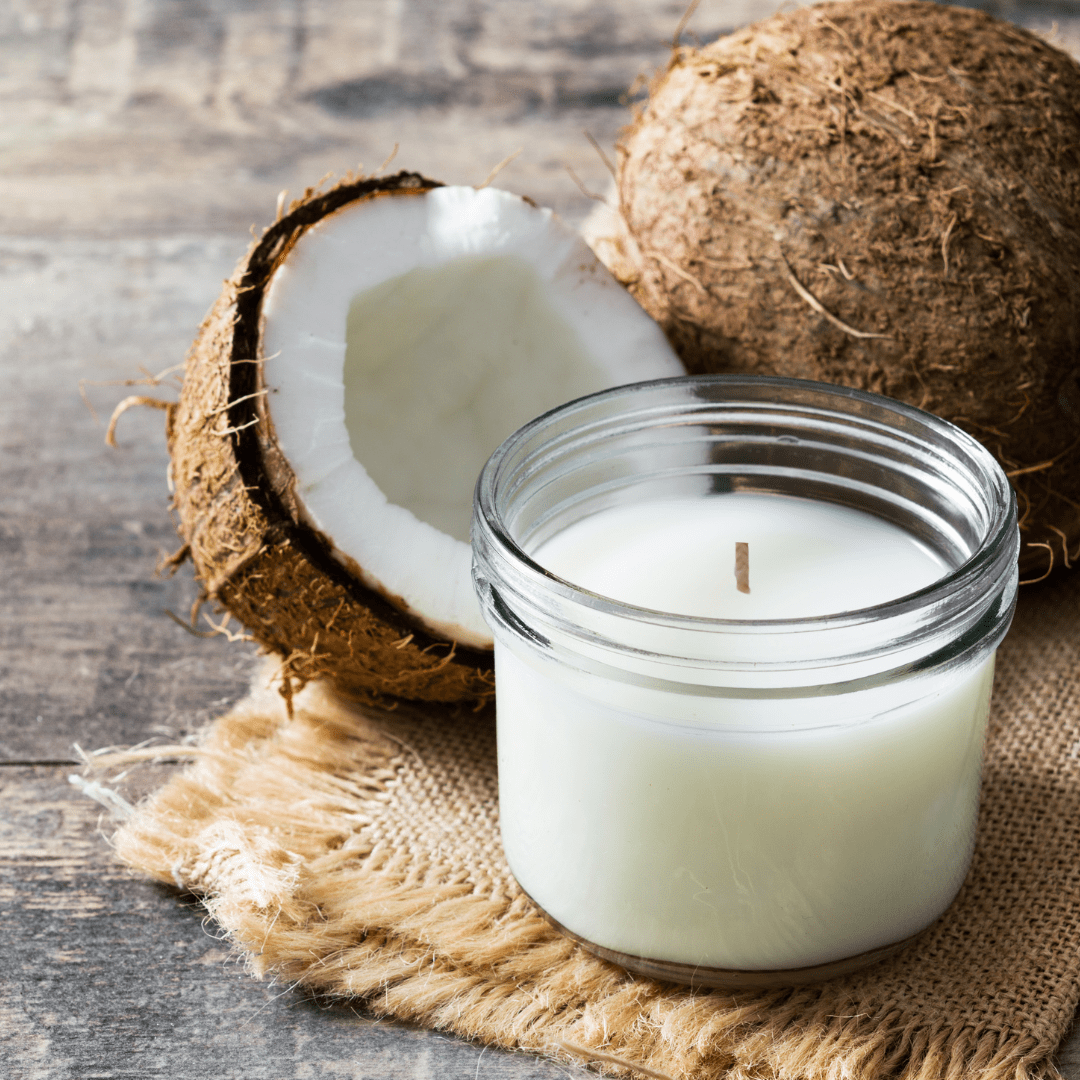From Wick to Wax: Comprehending the Chemistry Behind Soy Wax Candles and Their Environmental Impact
As we brighten our spaces with the warm radiance of candle lights, there lies a world of detailed chemistry behind the apparently simple act of lighting a soy wax candle. Join us as we decipher the scientific complexities behind soy wax candles and explore their implications on our atmosphere.
Soy Wax Vs. Paraffin Wax
When contrasting soy wax and paraffin wax for candle light production, it is vital to understand the unique characteristics and benefits of each material. Soy wax is an all-natural, eco-friendly source derived from soybean oil, making it eco-friendly and naturally degradable - soy wax candles. On the other hand, paraffin wax is a result of oil refining, which increases worries concerning its environmental impact and sustainability
Soy wax candles burn cleaner and discharge much less soot compared to paraffin wax candles, making them a much healthier selection for indoor air quality. Additionally, soy wax has a lower melting point, enabling a longer-lasting candle light that spreads scent more efficiently. Paraffin wax, on the other hand, has a tendency to shed faster and much less easily, potentially releasing damaging chemicals right into the air.
From a sustainability point of view, soy wax is favored for its biodegradability and sustainable sourcing, aligning with the growing consumer preference for ecologically conscious products. While paraffin wax has been a standard option in candle making due to its affordability and ease of usage, the shift towards environmentally friendly alternatives like soy wax is gaining energy in the sector.
Chemical Make-up of Soy Wax

Burning Refine in Soy Candles
The chemical composition of soy wax directly influences the burning procedure in soy candles, impacting elements such as burn time, fragrance release, and ecological impact. When a soy candle is lit, the heat from the fire thaws the wax near the wick. This liquid wax is after that attracted up the wick as a result of capillary activity. As the liquid wax reaches the flame, it goes through and evaporates combustion. The burning procedure involves the vaporized hydrocarbons in the wax responding with oxygen in the air to create heat, light, water vapor, and co2.
The burning efficiency of soy candle lights is affected by the pureness of the soy wax and the top quality of the wick. Additionally, soy wax candle lights have a reduced ecological effect compared to paraffin candles due to their sustainable and biodegradable nature.

Environmental Advantages of Soy Wax

Considered a lasting alternative to conventional paraffin wax, soy wax provides significant ecological benefits that make it a prominent option among eco-conscious consumers. One considerable benefit of soy wax is its sustainable sourcing. Soy wax is originated from soybean oil, which is primarily cultivated in the USA. The cultivation of soybeans aids support neighborhood farmers and minimizes the dependence on non-renewable nonrenewable try here fuel sources utilized in paraffin wax manufacturing. Additionally, soy wax is eco-friendly, meaning it damages down naturally without launching hazardous toxins right into the setting. This characteristic makes soy wax candle lights a more eco-friendly choice compared to paraffin wax candle lights, which are made from oil, a non-renewable resource. Soy wax burns cleaner and produces less soot than paraffin wax, contributing to better interior air quality and lowering the demand for cleaning and maintenance. In general, the environmental benefits of soy wax line up with the expanding demand for environment-friendly and lasting items on the market.
Recycling and Disposal Considerations
Recycling and proper disposal of soy wax candle lights play a critical duty in maintaining ecological sustainability and minimizing waste in areas and houses. When it concerns reusing soy wax candle lights, the initial action is to make certain that the candle light has melted entirely. This can be accomplished by permitting the candle to shed until the wick is no much longer useful, and afterwards allowing the staying wax cool and strengthen. Once the wax has actually strengthened, it can be carefully removed from the container.

In terms of disposal, if recycling is not an option, soy wax candles are eco-friendly and can be securely thrown away in many house waste systems. It is constantly recommended to examine with local recycling centers or waste management solutions for certain standards on candle light disposal to make sure appropriate handling and ecological protection.
Verdict
To conclude, the chemistry behind soy wax candles exposes their ecological advantages over paraffin wax candle lights. Soy wax, originated from soybean oil, burns cleaner and generates less soot when compared to paraffin wax. The combustion procedure in soy candle lights is extra effective, bring about a much longer and extra also burn. In addition, soy wax is sustainable and naturally degradable, making it an extra sustainable option for candle light manufacturing. Recycling and proper disposal of soy wax candles even more add to their ecological influence.
When comparing soy wax and paraffin wax for candle light making, it is important to understand the unique qualities and benefits of each material (candles).Soy wax candles shed cleaner and release less residue compared to paraffin wax candles, making them a much healthier choice for indoor air high quality.Considered a sustainable choice to conventional additional info paraffin wax, soy wax provides noteworthy environmental advantages that make it a popular option among eco-conscious consumers. Soy wax burns cleaner and produces less residue than paraffin wax, contributing to much better interior air high quality and lowering the demand for cleaning and maintenance.In final thought, the chemistry behind soy wax candle lights reveals their environmental advantages over paraffin wax candles
Comments on “Enhance Your Living Space with Elegant Soy Candles and Home Fragrance”